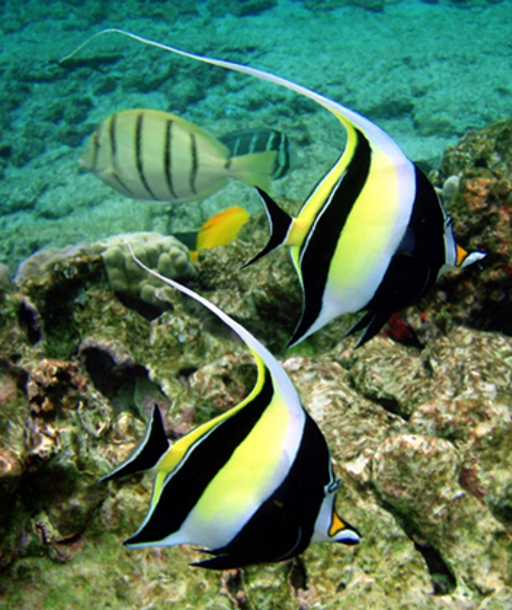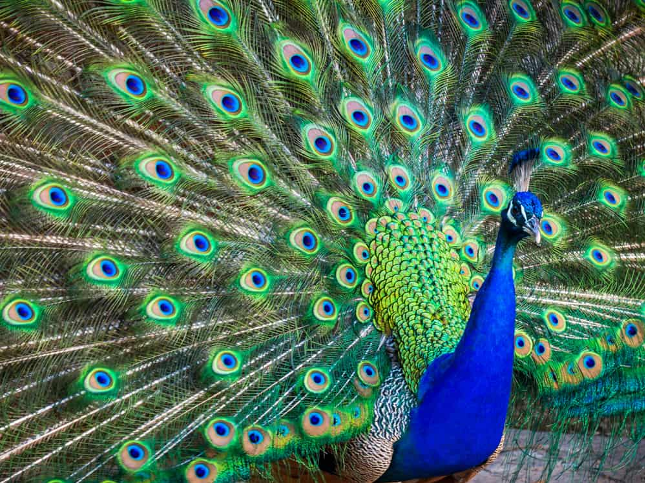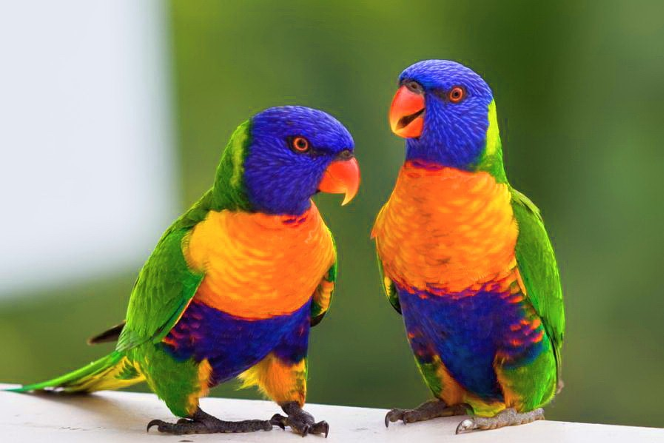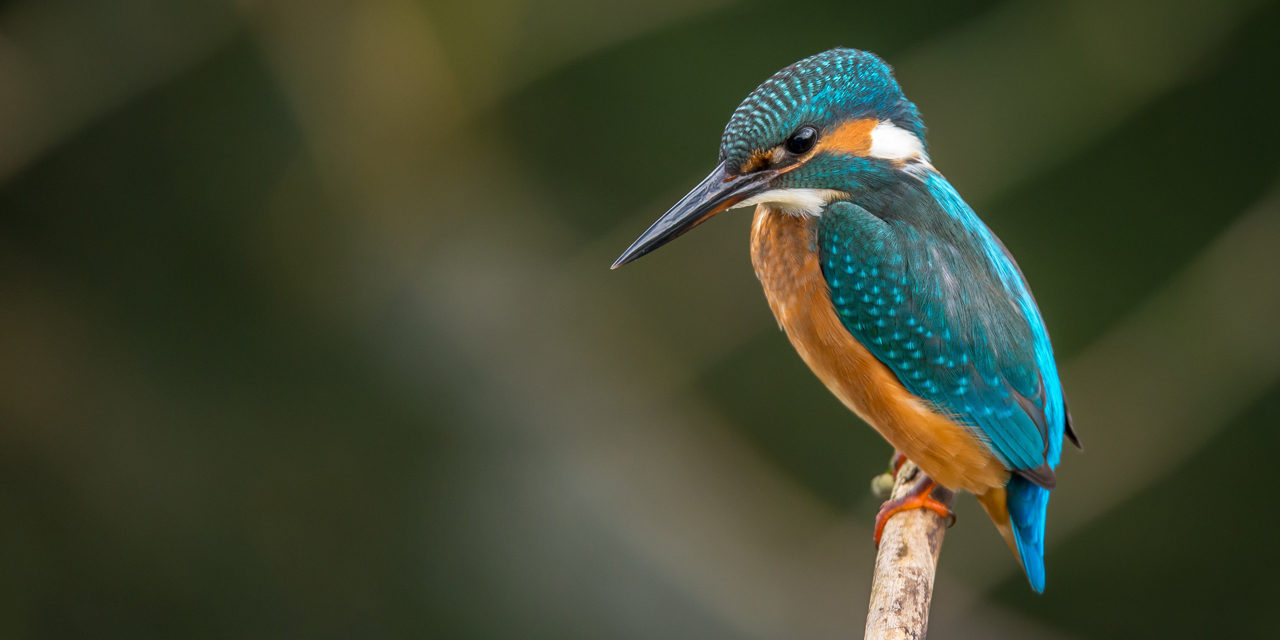A few months ago I had the treat of finding myself in the breathtaking waters along the North Shore of Oahu. Snorkeling, taking in the resplendent tropical fish schooling all around me, I was struck by perplexing question: If evolution is true, how did all this extravagant beauty come to exist? If natural selection is the engine that created the living world, what is the reason behind this opulence?
The genius of evolution is its brutal pragmatism; do whatever is needed to pass your genes onto the next generation in the fastest, most efficient, enduring way possible. That’s it’s only interest. It favors simplicity. Therefore, it should be inherently prejudiced against conspicuous beauty at all.

Why does the Moorish Idols exist? If natural selection is the deal, no fish would have reason to be more attractive than the common guppy. Mr. Guppy is a child’s starter fish for a reason. He is a world-class reproductive champion. Your child’s slimy, tiny fishbowl cannot kill him. He endures. The same with the common finch over the peacock, the dandelion and the orchid.
In survival of the fittest, the fittest is the least complex and needy. Superfluous beauty is not evolution’s friend. Thus, beauty is one of evolution’s most serious and persistent problems. Its adherents have no good answer for it, and not for want of trying.
The two men who simultaneously developed the theory of natural selection, Charles Darwin and Alfred Russel Wallace, were profoundly burdened by the problem of beauty. Darwin confessed to a friend, “The sight of a feather in a peacock’s tail, whenever I gaze at it, makes me sick!” Wallace saw it as a detriment. He confessed the “excessive length or abundance of plumes begins to be injurious to the bearer of them.’” Darwin and Wallace both worked tirelessly, but unsuccessfully, to come up with a sufficient explanation for beauty. Both disagreed passionately with the other’s answer.

The beauty problem is no more solved today than it was then.
In fact, it is such a live question surrounded by passionate disagreement that a recent publishing event created quite a controversial splash among scholars. First was the The Evolution of Beauty by Yale’s distinguished Richard O. Prum. Following was Michael J. Ryan’s A Taste for the Beautiful: The Evolution of Attraction published by Princeton University Press.
Both books received a great deal of attention yet kicked up more disagreeable dust than agreement. Prum told The New York Times, “I don’t know anybody who actually agrees with me … Even my own students aren’t there yet.” Prum admits the scorn from his academic peers has been painful.
The beauty problem forced both authors to posit a very radical new angle on its place in natural selection. As one scholar notes, the two hold that “evolution is not a purely utilitarian process.” Animals likely favor beauty “in form, color and behavioral displays … for its own sake” and thus it might “be of no practical use whatever.” Frankly, it is beyond reason that tremendously complex beauty would just be, serving no purpose. We were all taught in school that everything in plants and animals develops with one purpose: to successfully reproduce. Natural selection has no business developing these little guys.

Prom’s answer is simply that “beauty happens” just as he tells us “stuff happens.” This is at least the honest admission that beauty serves no evolutionary purpose and has no real explanation. All it can tell us is that it happens, which we knew coming in the door.
Beauty in the Eye of the Beholder
In contrast to Prum and Ryan, most biologists and arm-chair evolutionists continue to assert that beauty serves to attract potential mates. There are three major problems with this assumption, which is all it is.
1. It assumes that what is beautiful to our eyes must also be beautiful to an animal’s mate. Couldn’t the iridescent peacock just as well appear garish to the peahen while Mr. Blobfish cannot imagine anyone more alluring than Blobfish? It’s just as likely as it isn’t. If reproduction is driven to any degree of beauty, ugliness would be its speed bump. This is clearly not the case.

2. Extravagant beauty makes one more attractive predators. Their colors and stunning design scream, “Here I am. Come get me!” The more beautiful the creatures are, the less they blend safely into their environment.
3. If beauty makes an animal more attractive to possible mates, it also makes them more vulnerable to the jealous violence of less appealing peers. Their superior beauty would likely “select” them out of the species as their uglier peers are highly inclined to remove them as competitors.
The stunning beauty of living things is one of the most wonderful treasures in life. While the rest of us can’t imagine life without it, its absence would certainly make life easier for the evolutionists. It does however, speak strongly to a loving creator who takes great delight in extravagant beauty and has created each of us in such way that we greatly enjoy it as well. Beauty is a divine gift with divine origins.
Photo by Vincent van Zalinge






